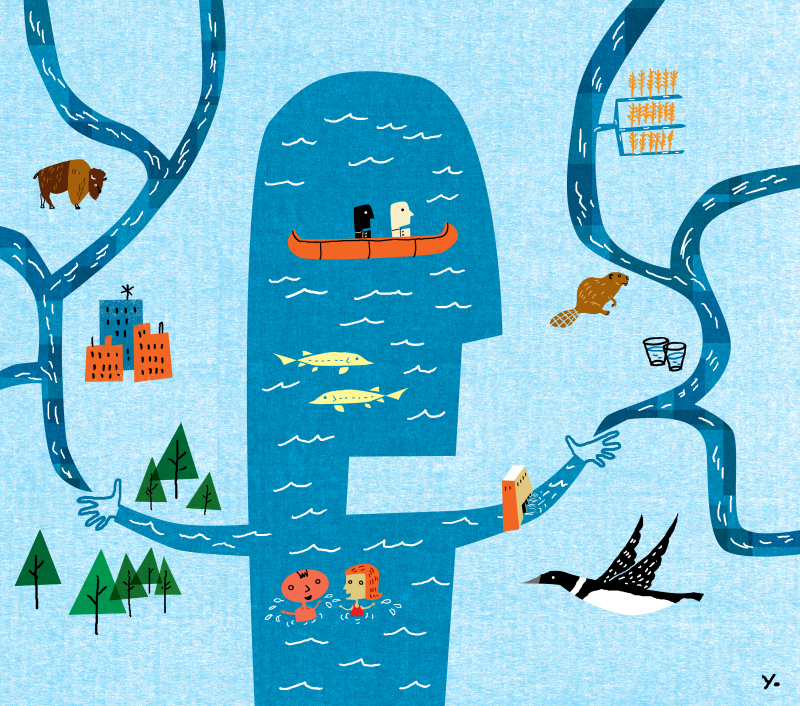How healthy is the LaHave River?
How healthy is your river? Thanks to WWF’s recently released Freshwater Health Assessment, we now have further insight into the question for the LaHave River and 11 other rivers across the country. Unfortunately, for the LaHave, and a number of other rivers across the country we don’t exactly know, owing to insufficient data for a couple of the FHA metrics. (To learn more about how we can up with this result, check out this blog on the process of the developing the assessment.)
The assessment for the LaHave has provided some insight into the health of the river – the hydrology, or flow of the LaHave is “fair” due to slight changes in hydrology that were observed at the one monitoring station in the watershed. The fish score is “fair” and reflects a slight decline in the total number of fish species observed in the watershed. The “data deficiency” in the water quality metric and the bug metrics are somewhat surprising given the ongoing monitoring happening in the region. But, given the national scope of the assessment and its use of a significant number of parameters, this isn’t so much of a surprise. We know from other, more local assessments and the ongoing work of various organizations and agencies in the river that there is strong awareness of these metrics and they are informing actions and river efforts. At the end of the day, that is what’s most important for the river and communities that rely on it.
The LaHave River, on Nova Scotia’s South shore, is one of many watersheds in the region and elsewhere in Canada that have local organizations overseeing its well-being. Since 1993, the Bluenose Coastal Action Foundation has been working to “facilitate the necessary action to protect and enhance the environmental quality of the watershed and coastal areas, in full collaboration with and in support of a healthy and prosperous community.”
Bluenose is a model watershed group that is representative of many others in Nova Scotia and the rest of Canada that are working diligently to monitor, interpret, inform and implement activities that help our waterways and the communities that rely on them. In their own words this “community-based joint planning / multi-stakeholder process is a unique program specifically designed to address coastal issues through community-driven planning and management activities”
WWF has been fortunate to work with Bluenose and many other organizations and agencies to complete Freshwater Health Assessments. It is our hope that as more people become aware of the assessments we will be able to build a more robust picture of water health here and across the country, one watershed and one community at a time.


